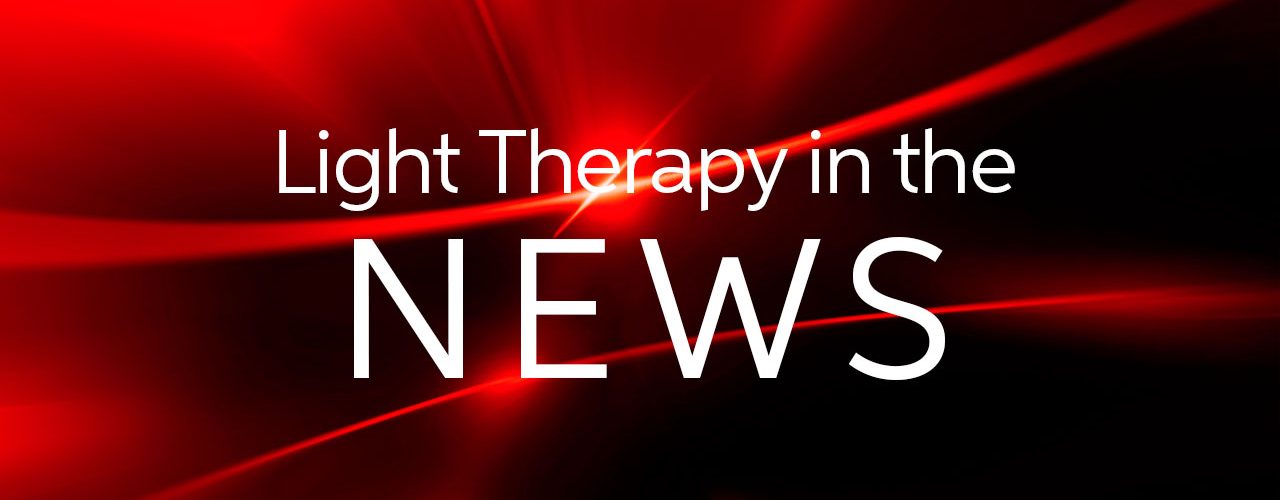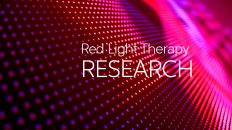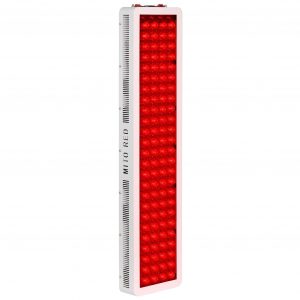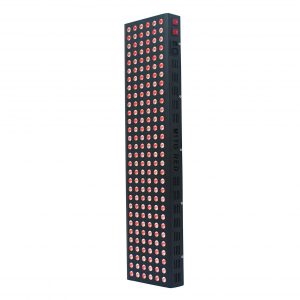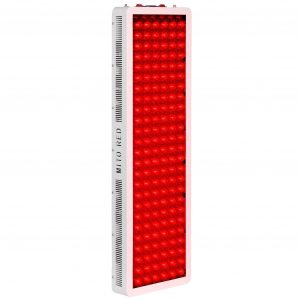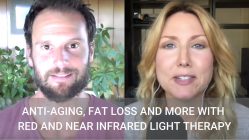Everyone from Paris Hilton to Bella Hadid swears by red light therapy as their secret weapon for achieving flawless skin and warding off wrinkles. You can undergo red light therapy as part of a fancy facial in your dermatologist’s office, and many companies also sell wands, lights, and illuminated masks with this technology for home use.
There are also people who swear by red light therapy as an instrumental tool that goes beyond beauty treatments in helping to quell the symptoms of autoimmune conditions, boost their energy, recover after a workout, and jump-start their metabolism. Here’s what to know about it:
Red light therapy (RLT), also known as low-power laser therapy (LPLT), is a therapeutic treatment that uses low-level wavelengths of red light to treat a variety of issues. “LED or light therapy is absorbed into the skin similar to UV rays but has a variety of benefits depending on the wavelength,” explains facial plastic and reconstructive surgeon Dr. Paul Nassif. This treatment, he says, is best known for increasing circulation, decreasing inflammation, and boosting collagen.
“Red light therapy exposes your skin to a lamp-like device that radiates red light, allowing the mitochondria in your cells to soak up the energy from the red light and further produce more energy in the skin to heal and repair damaged cells,” says Dr. Anna Guanche, a dermatologist in Calabasas, California, and host of The Dr. Beauty Podcast. This causes controlled damage to the epidermal layer of the skin to promote tissue and cell repair. Guanche explains that RLT acts on the mitochondria in our cells, allowing more energy for cells to repair damaged skin, boost new cell growth, and increase skin rejuvenation.
“Ongoing studies have found that red light therapy helps with photodynamic therapy to treat some skin cancers and conditions, such as psoriasis and acne, as well as provide anti-aging benefits,” Guanche says. It’s also said to stimulate fibroblast production and increase blood circulation. The skin, she explains, responds by building, strengthening, and maximizing cellular structure. Guanche adds that RLT is also believed to target oil glands to reduce cytokines, which cause inflammation and play a role in chronic acne. . . . (read more)
SOURCE: Shondaland

